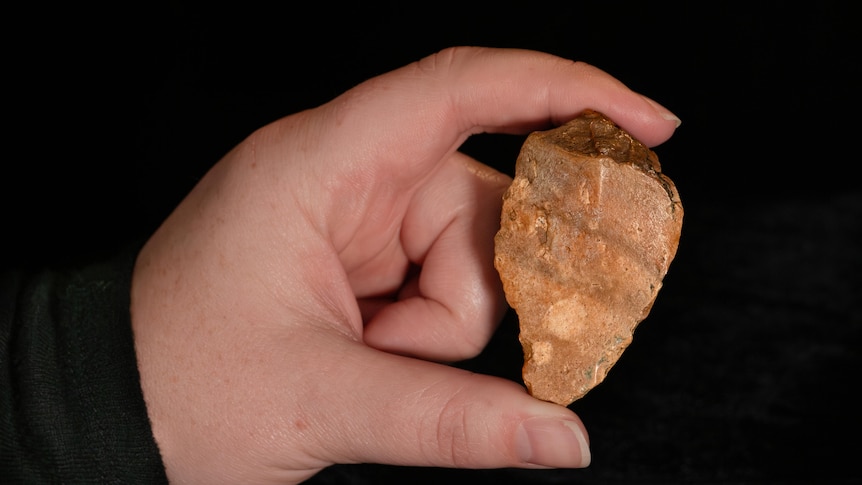Recent findings on the Indonesian island of Sulawesi indicate that ancient humans inhabited the region at least 1 million years ago, significantly earlier than the previously accepted timeline. Stone tools discovered beneath a cornfield suggest that these artefacts may date back as far as 1.48 million years. The research, published today in a prominent journal, raises intriguing questions about which human species crafted these tools and how they arrived on the island.
Excavations took place near the town of Soppeng in southern Sulawesi. The lead archaeologist, Budianto Hakim from the National Research and Innovation Agency of Indonesia (BRIN), had long hypothesized that the site would yield significant findings due to well-preserved surface fossils. From 2019 to 2022, his team uncovered seven stone artefacts just 1.4 metres below the surface, alongside an ancient pig fossil.
The tools found display distinctive characteristics known as “flakes,” which indicate they were shaped by a skilled hand. According to Adam Brumm, a Griffith University archaeologist and co-author of the study, the ability to fracture stones precisely suggests that the toolmakers possessed a high level of cognitive skill. “There’s no other type of creature that is able to reliably fracture stones by hitting them at the right angle and the exact amount of force required,” he stated.
To determine the age of the tools, researchers employed two dating techniques: palaeomagnetic dating and uranium-coupled electron spin resonance. These methods allowed them to estimate the tools’ age based on the surrounding sediments and the fossilized remains of the pig, indicating that the artefacts are between 1.04 million and 1.48 million years old.
Implications of the Discovery
The discovery pushes back the timeline of human habitation on Sulawesi by approximately 800,000 years. While this new evidence is remarkable, the context of human presence in Southeast Asia suggests that other islands have similar archaeological significance. For instance, on Luzon, located north of Sulawesi, archaeologists have found stone tools dating back 700,000 years. Meanwhile, the island of Flores is known for the discovery of the Homo floresiensis, a diminutive human species dating back to about 1.02 million years ago.
Despite the compelling evidence from Sulawesi, the question of how these ancient humans arrived on the island remains unanswered. Andy Herries, an archaeologist at La Trobe University who was not involved in the study, noted that while Java was connected to the mainland during lower sea levels, Sulawesi and other nearby islands were not. “We don’t think that early human species had the technology to make boats,” he remarked, expressing curiosity about the means of their migration.
The Mystery of the Toolmakers
The tools unearthed predate the emergence of modern humans by at least 700,000 years, indicating that the creators were not Homo sapiens. Without fossilized remains, it is challenging to accurately identify the species responsible for these artefacts. Professor Brumm posited that the tools could have been made by Homo erectus, who might have crossed from the edge of mainland Asia to Sulawesi.
This discovery also supports the theory that early hominids moved through the region from the northern Philippines to Flores, rather than migrating from west to east. The implications are profound, as they suggest that there might have been multiple routes for early human populations.
In conclusion, while the tools from Sulawesi represent a significant advancement in understanding the human story, much remains to be uncovered. Professor Brumm emphasized the need for further research, stating, “These new stone tools from Sulawesi are another important piece of the puzzle, but there are many more pieces that remain undiscovered.” The quest for more fossils and artefacts continues, as researchers aim to unravel the mysteries of our ancient ancestors.































































